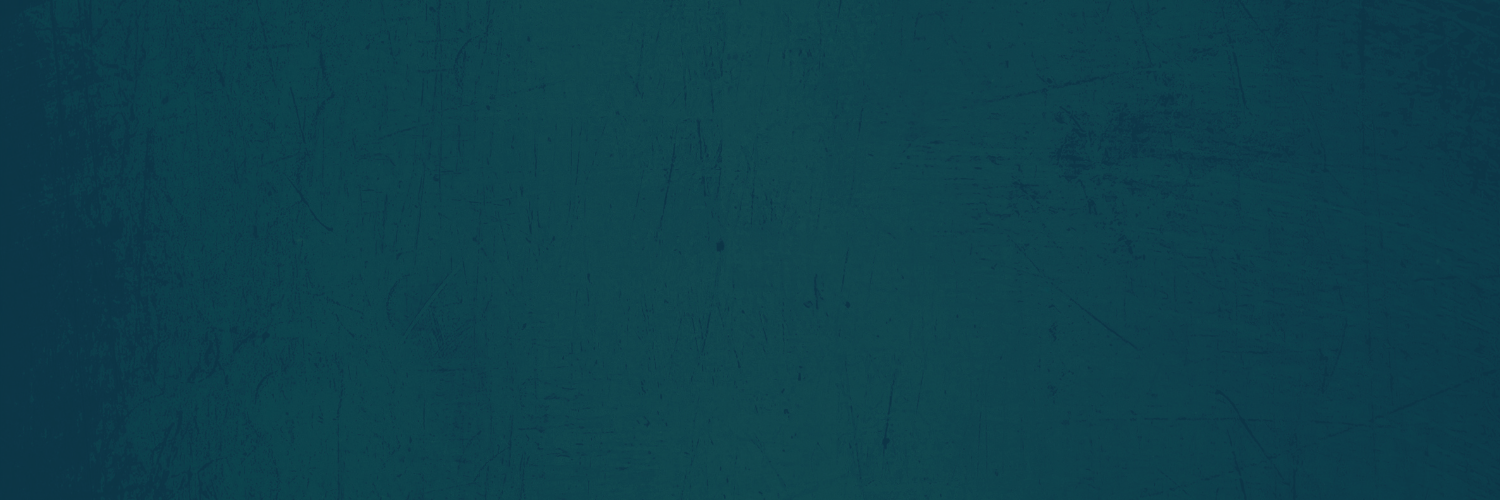Einstufungstest Goethe Institut Pdf 13 !NEW!
CLICK HERE === https://byltly.com/2sVG0n
The Goethe-Institut (German: [ˈɡøːtə ʔɪnstiˌtuːt], GI, English: Goethe Institute) is a non-profit German cultural association operational worldwide with 159 institutes, promoting the study of the German language abroad and encouraging international cultural exchange and relations. Around 246,000 people take part in these German courses per year.
Partners of the institute and its centres are public and private cultural institutions, the German federal states, local authorities and the world of commerce. Much of the Goethe-Institut's overall budget consists of annual grants from the German Foreign Office and the German Press Office. The relationship with the Foreign Office is governed by general agreement. Self-generated income and contributions from sponsors and patrons, partners and friends broaden the scope of the work of the Goethe-Institut.
The institute has developed a series of exams for learners of German as a foreign language (Deutsch als Fremdsprache, DaF) at all levels: A1 up to C2. These can be taken both in Germany and abroad and have been adapted to fit into the Common European Framework of Reference for Languages (CEFR), the standard for European language testing. There is also one exam, the Großes Deutsches Sprachdiplom, which is at a higher level than the highest CEFR level.[14] Below is a table of the basic Goethe-Institut exams as they fit into the scheme:[15]
Goethe-Institut Villa Kamogawa (Japanese: ゲーテ・インスティトゥート・ヴィラ鴨川), is a German artist in residence institution in Kyoto, Japan. Established in 2011 with an opening ceremony conducted by Christian Wulff, President of Germany,[18][19][20] it is located on the banks of the Kamo River in close vicinity to Kyoto Imperial Palace. Villa Kamogawa is the site one of the three major German arts residency programmes abroad, together with Rome's Villa Massimo and Villa Aurora in Los Angeles.[21][22] It hosts three groups of four artists a year. Former fellows include Doris Dörrie,[22][23] Jörg Koopmann[24] and Stefan Goldmann.[25]
Some third-party test centers around the world may be operating at limited or changed capacity based on their own discretion or in response to government mandates. They may also institute additional precautionary measures to protect candidates and employees during this time. We continue to deliver exams to any third-party test centers with the ability to operate.
What holds the monetary system together at its core? In a speech at @goetheuni, Agustín Carstens takes inspiration from Germany's literary giant Goethe to reflect on the soul of money in the digital era.
Today I will take inspiration from your institution's namesake. The great Johann Wolfgang von Goethe was a well-travelled cosmopolitan and a true universalist. He was a poet and novelist, a playwright and theatre director, a scientist and statesman. Remarkably, his work anticipated some key economic issues of our time, including central bank independence.2
For central bankers, the Gretchenfrage has always been: what is the soul of money? Today, technologists, innovators and futurists are offering new answers to this question. Some say that in the future, money and finance will be provided by just a few big tech corporations. Others dream of a decentralised system in which blockchains and algorithms replace people and institutions. And maybe, all of this will take place in the Metaverse.3
My main message today is simple: the soul of money belongs neither to a big tech nor to an anonymous ledger. The soul of money is trust. So the question becomes: which institution is best placed to generate trust? I will argue that central banks have been and continue to be the institutions best placed to provide trust in the digital age. This is also the best way to ensure an efficient and inclusive financial system to the benefit of all.
Trust requires sound institutions that can stand the test of time. Institutions that ensure the stability of the currency as the economy's key unit of account, store of value and medium of exchange, and that guarantee the safety and integrity of payments.5
Throughout a history measured not in years but in centuries, independent central banks have emerged as the key institutions that underpins this trust in money. Alternatives have often ended badly.6 It is for good reason that most countries have established central banks with a clear mandate to serve society. As public policy institutions, central banks have proven successful in upholding trust while adapting to societal and economic change.7
A second plausible scenario for the future of money has attracted a growing number of enthusiasts. This vision replaces institutions with distributed ledger technology (DLT), in principle allowing anyone to be a validator in a shared network. It is embodied in the growth of cryptocurrencies and applications that build on them, such as so-called decentralised finance, or "DeFi".14
Overall, these projects show that there is significant potential in new technologies, including DLT, if they are applied in a way that builds on the monetary system's existing institutional framework. Central banks, as validating nodes, are not there to make money by mining coins. Instead, they perform this role as part of their public service mandate.
For any suggestions, complaints or remarks, please use the email address office@goethe-zentrum.org. Such emails will be answered ONLY, if the sender has mentioned his/her name, address and contact number in the email. Anonymous emails without name and address will not be entertained.
The total number of confirmed malaria cases in Nepal has drastically declined over that last decade. Thereby, Nepal has achieved and exceeded the malaria target of the Millennium Development Goals (MDGs) and universal coverage of malaria control interventions, and the Roll Back Malaria (RBM) targets of 2010. Contributing factors behind the static decline in the number of malaria positive cases may be the introduction of ACT for the treatment of uncomplicated P. falciparum cases since 2004 and the distribution of LLINs in high-risk priority districts since 2005 with support from the GFATM along with the delivery of free primary health care services from public health institutions since 2007 [2, 4, 5, 13, 24, 46, 47]. However, case numbers also declined in areas where GFATM intervention programmes were not in place. Although the reasons for this are not known, other factors, both human and climatic, may have played a role in reducing the malaria incidence [48]. For example, the percentage of households possessing mosquito nets in Nepal had increased from 61.3% in 2006 to 67.8% in 2011 [49, 50]. 2b1af7f3a8


